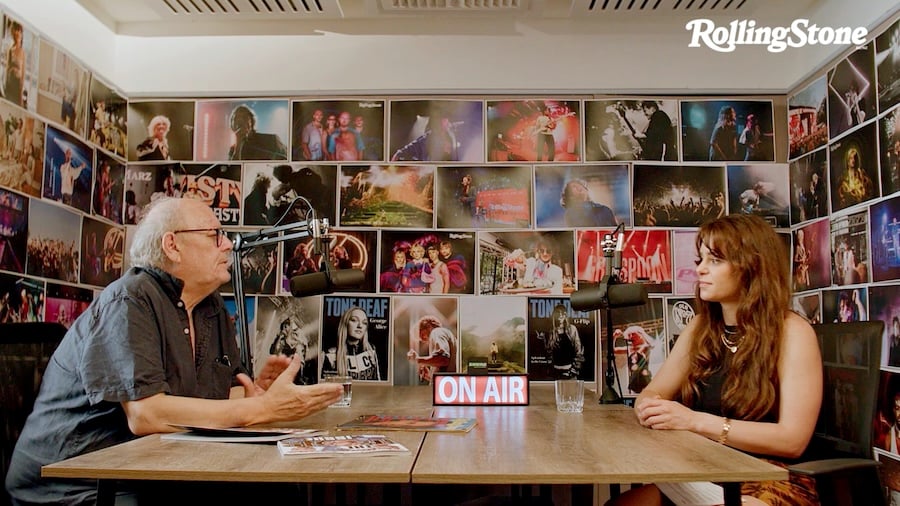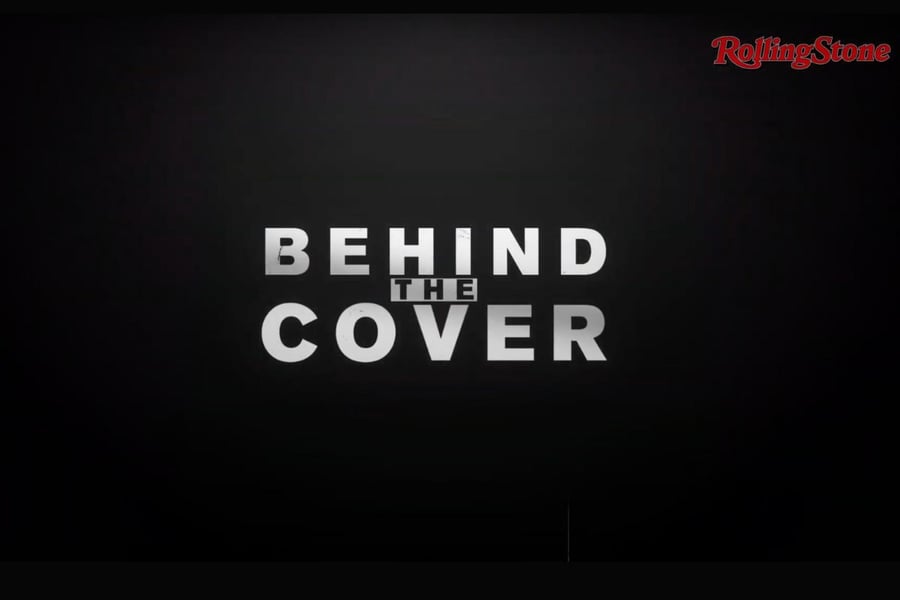‘Behind The Rolling Stone Cover’ is sponsored by Shure, affordable, durable, and exceptional-sounding microphones you can rely on. Available to watch and listen on Rolling Stone AU/NZ, and to stream on YouTube, Spotify, Apple Podcasts, and all major podcast platforms.
Long-form journalism is the dream of many journalists. The opportunity to really explore a topic, dive deep and turn in thousands of words that cover every aspect of a subject. Particularly in music journalism, there’s nothing like it for uncovering the story behind an artist and their art.
For journalists working today, it can feel like long-form is something of the past. Budgets aren’t what they used to be, there are a limited number of titles still available on newsagency shelves, and the time required to research, interview, write and edit a long-form piece can make the task seem quite daunting.
And then, there’s AI. A threat that hovers over a number of industries and seems particularly concerning for journalists, with the rise of Chat GPT and other AI writing programs potentially replacing human fingers at keyboards.
Former Rolling Stone Australia Editor Toby Creswell takes a more pragmatic approach to the rise of AI.
Speaking with Rolling Stone AU/NZ Editor in Chief Poppy Reid on the newest episode of the ‘Behind The Rolling Stone Cover’ podcast, sponsored by Shure, he says it’s all about audiences.
“There’s always going to be a place for long-form journalism and good writing. There are things you can do with words on a page that you can’t do any other way,” says Toby Creswell.
Love Music?
Get your daily dose of everything happening in Australian/New Zealand music and globally.

Former Rolling Stone Aus Editor Toby Creswell with Rolling Stone AU/NZ Editor in Chief Poppy Reid
Long-form, believes Creswell, is what drives audiences to print media in 2023 and beyond. Short-form content may have moved to other platforms, or might be what is possible with AI, but for readers seeking those deep, researched, storied pieces, it’s print.
“That’s why magazines like Rolling Stone have survived, and a magazine like the New Yorker is very popular now in a way it never was before because people want that kind of quality. It’s not going to be huge numbers of people; I don’t think it ever was. People would buy Rolling Stone for the record reviews and the news at the front; they wouldn’t necessarily buy it for a 4000-word rumination on InXS or Cold Chisel.”
“The mask has come off now; there’s always going to be a place for long-form journalism.”
AI gives journalists an opportunity, says Creswell, to rethink stories and how they’re told. To get inventive. It may be harder to find audiences now, but they’re there.
Plus, he says, journalists have always battled against something. Whether it’s the next generation coming up behind them, or AI, there’s always a reason to stay ahead of the game.
Find out Toby Creswell’s own experience with long-form journalism and hear the story behind his infamous October 1985 Michael Hutchence cover on the podcast.
Watch: Behind the Iconic Michael Hutchence 1985 Rolling Stone Cover with Toby Creswell
‘Behind The Rolling Stone Cover’ is sponsored by Shure, the premier choice for affordable, durable, and exceptional-sounding microphones. Shure has a history of audio innovation spanning almost a century, making it not only the industry choice for musicians, but also a great choice for podcasters and streamers.
Shure’s quality and reliability means its microphones will never let you down in those important audio moments. It’s microphones you can rely on, no matter the story you’re telling.
Check out all of Shure’s industry-leading microphones here.



































